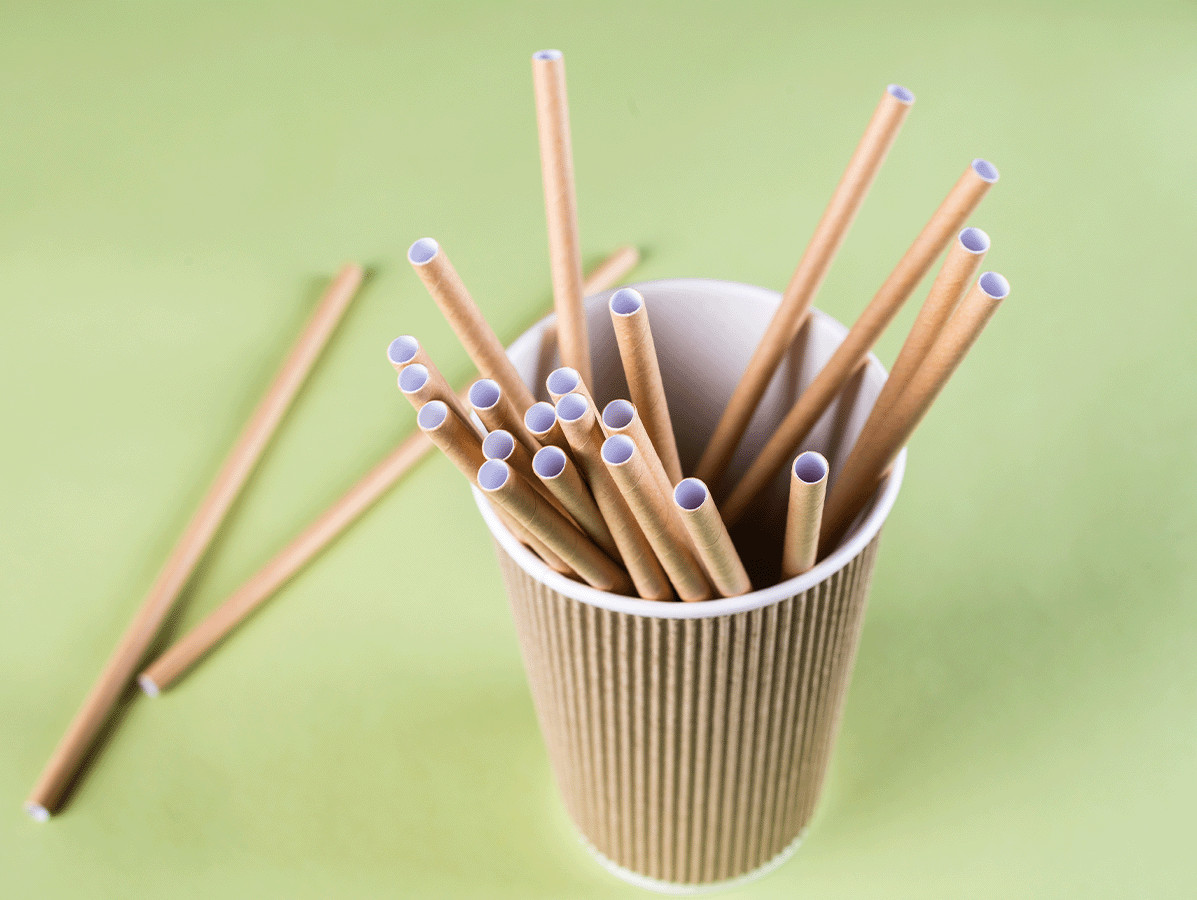
As an alternative to plastic straws, paper straws are mostly used nowadays. These straws are often advertised as 100% biodegradable, but are these plastic alternatives really sustainable and biodegradable?
Two bachelor students of biology from the University of Antwerp investigated whether and to what extent poly- and perfluoroalkyl substances (PFAS) are present in drinking straws made of different materials on the Belgian market.
The research was prompted by a study from the US, which showed that straws made from vegetable materials often contained PFAS. However, the concentrations and compositions varied depending on the material and brand, so it was unclear whether these results would be the same for Belgium. In addition to straws made of plant-based materials, such as paper and bamboo, the presence of PFAS in straws made of glass, stainless steel (SS) and plastic was also investigated.
The study examined 40 different brands of straws. PFAS were detected in almost all straws made of plant-based materials, but the PFAS concentration and composition varied between straws. Sixteen of the 29 PFASs examined were actually detected in at least one straw. Only the stainless steel straws were free of PFAS.
The presence of PFAS in the straws is no surprise to the researchers. Many of the compostable food packaging products marketed as environmentally friendly alternatives to plastic and polystyrene contain PFAS. Paper products are thus made resistant to rapid weathering through contact with grease or other liquids. This makes them a lot less 'sustainable', although they are often marketed as such.
However, it is still unclear to what extent PFASs are released on contact with food products, and what risks there are for users of these products. The US study found that approximately two-thirds of the total PFAS present in a whole straw of plant material leached ('seeped') into 15 millilitres (ml) of drink. For the more water-soluble PFAS this was as high as 100%. This study in combination with the American study is at least a warning bell.
No statements can yet be made about the potential health risks of using a straw. However, this study does show that the use of straws can be a source of exposure for people. This is especially important for children, as they drink proportionally more per kilogram body weight than adults, and use drinking straws more often.
Source: Universiteit Antwerpen